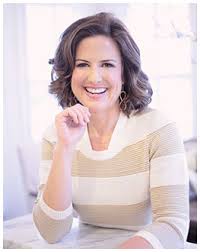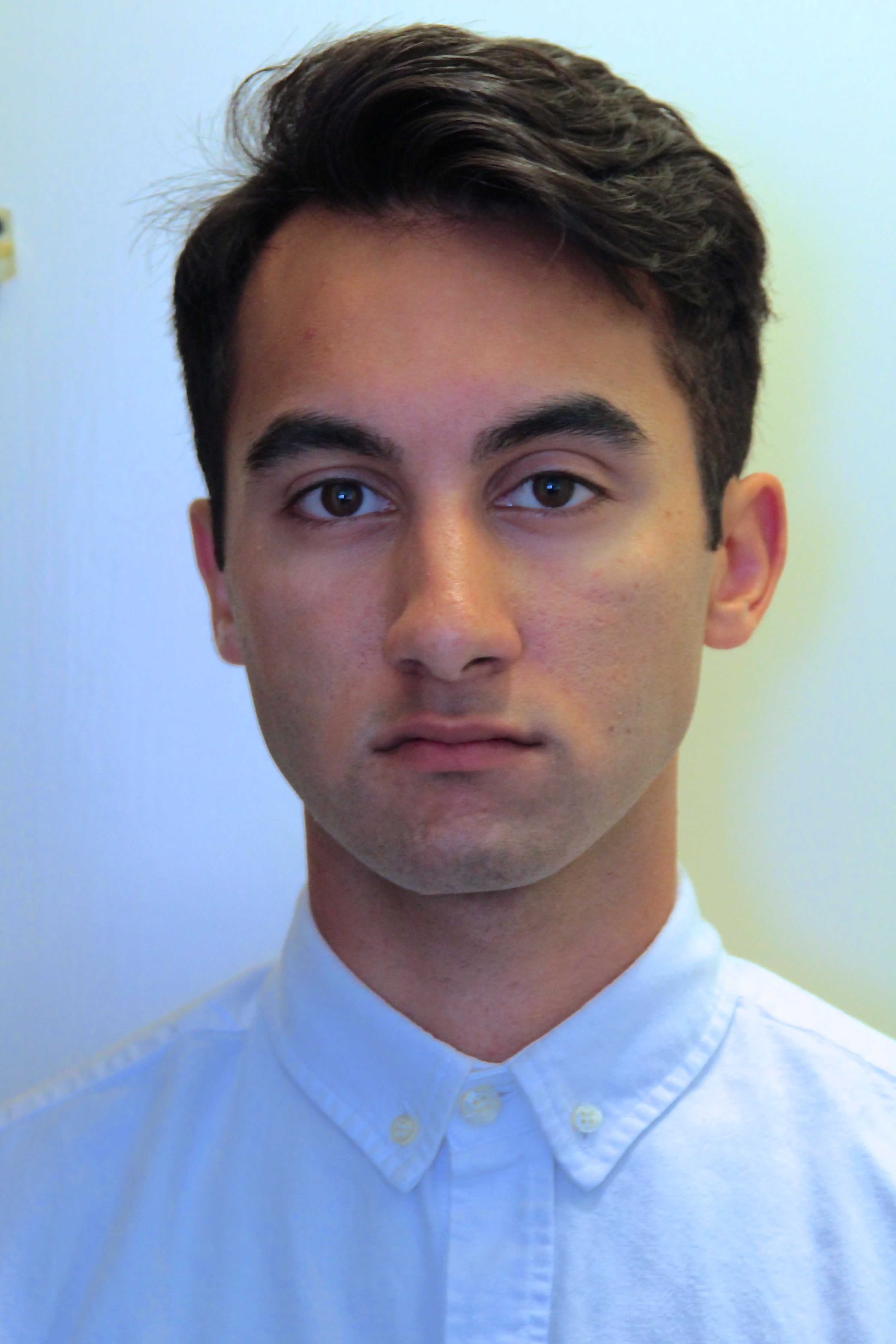Contributor: Arjan Singh
Work and Life is a radio program hosted by Stew Friedman, director of the Wharton Work/Life Integration Project, on Sirius XM’s Channel 111, Business Radio Powered by Wharton. Every Tuesday at 7 pm EST, Stew speaks with everyday people and the world’s leading experts about creating harmony among work, home, community, and the private self (mind, body, and spirit).
On Work and Life, Stew Friedman spoke with Carson Tate, a nationally recognized expert in workplace productivity and founder of Working Simply, a management consultancy focused on bringing productivity with passion back to the workplace. She’s the author of Work Simply: Embracing the Power of Your Personal Productivity Style.
The following are edited excerpts of their conversation.
Stew Friedman: What did you see in the world of human resources that inspired Working Simply?
Carson Tate:  Folks were working really long hours and would not take time off from work on the weekends. When looking at senior leaders in an organization, they seemed dead. It was as if their souls had left their bodies. Looking back at that, it was a sign of extreme burnout, fatigue, and overwork. As I sat there with my first position out of college — wanting to be successful and climb the corporate ladder — I looked at the senior leaders and realized ‘I don’t want that.’ There had to be a better way to serve, add value, and contribute to an organization without burning myself and my team out. So how could I start to simplify and help folks be more productive without the expense of self?
Folks were working really long hours and would not take time off from work on the weekends. When looking at senior leaders in an organization, they seemed dead. It was as if their souls had left their bodies. Looking back at that, it was a sign of extreme burnout, fatigue, and overwork. As I sat there with my first position out of college — wanting to be successful and climb the corporate ladder — I looked at the senior leaders and realized ‘I don’t want that.’ There had to be a better way to serve, add value, and contribute to an organization without burning myself and my team out. So how could I start to simplify and help folks be more productive without the expense of self?
SF: And you thought that the general idea was a way to help people feel more alive?
CT: Absolutely.
SF: How did you do that?
CT: I didn’t have the courage to leave corporate America and start my own business until many years later. It wasn’t until a colleague that I had been coaching on the side used a system that I had developed, shared it with her organization and had tremendous success with it, that I told myself that I had to take the leap of faith and go out and help as many people as I could.
SF: So how did this lead you to grow to scale and bring the idea of working simply to other people?
CT: I started working with more folks individually. I started doing corporate training events and writing blogs and articles. I eventually researched the way we think and how that informs the way we structure our workflow.
SF: What is it that you help people change that allows them to work simply and be more productive and at the same time more passionate?
CT: The first step is to understand the way you think and process information, which is called your cognitive style. Your cognitive style informs the way you communicate, the way you structure your environment, the way you organize your calendar, and it even informs other choices you make such as the clothing you wear. So, the first step is to align your thinking to the productivity tools that you use.
SF: Could you give us an example?
CT: There are four different thinking styles. One of the most common styles is called prioritizer. The prioritizer is very analytical, factual, and linear. Prioritizers tend to be left-brain thinkers. When a prioritizer thinks about structuring workflow, it is more about the highest value task. They often time how long it will take them to do their work so they can get additional efficiencies. They tend to be early adopters of technology so the latest app is a tool that might work really well for them. When they know the way they think, it allows them to filter all the methodologies, systems, and tools that exist and hone in on those that are going to add the greatest value for them and that are also going to be easiest for them to implement and stick with.
SF: That seems like a really simple idea – to know what you’re style preferences are and then choose the tools that fit best with the way you operate. What are the other three styles?
CT: Other than the prioritizer, there is the planner, who is very organized and sequential. They are natural project planners and are always looking for structure and process. They often manage their to-do list very well. Then there is the arranger — their thinking is more intuitive and they are more kinesthetic. They do their best work with and through people. The tools that they use really matter to them from a productivity perspective. They want a certain type of pen, a certain type of folder. And then the fourth style is the visualizer. Their thinking is characterized by very big picture – they are very innovative, they are the risk-takers, they synthesize ideas very well and they excel at brainstorming. In terms of productivity tools, a mind map would be very useful for them. A mind map is a great way to brainstorm on paper and connect any ideas. One draws a circle, puts a central idea in it, and radiating out from that central idea are any thoughts and ideas that one might have. It helps connects different ideas.
SF: I can imagine if you are a planner and you are using a mind map, you’ll run into trouble.
CT: Exactly. Some of the tensions that exist on teams are nothing more than our thinking styles clashing. The planner wants to create structure and process and the visualizer does not want the structure because he or she feels restricted, so that creates inherent tension.
SF: After one figures out his or her cognitive style, then what?
CT: Once you know your style, you select the tools that are best for you. If I am a prioritizer or linear thinker, I should choose more linear tools. For instance, the task function in Outlook would work great for me. If I am more right-brained, I might use a white-board or colored post-it notes. But I am not going to try and fit into a tool or methodology that counters the way I think.
SF: Is there something that comes next in the process?
CT: What’s next is clarifying the Why. What is the intrinsic motivation? Why do you want to tame your inbox, for example? Why do you want to have more time? What is driving this desire to simplify? If I cannot help my clients tap into that deeper desire, then sustaining the change will be very difficult. We have to be anchored.
SF: What’s the most important thing you want our audience to take away?
CT: It is up to you to customize your productivity and push back against this one-size-fits-all mentality that is so pervasive in our culture. I want the listeners and readers to learn to own the way they think and to understand their natural strengths and preferences and then learn how to align tools to those preferences. Finally, it is about understanding what is driving you and answering the question Why does this matter?
SF: What holds people back?
CT: They haven’t connected and owned the question Why? They are dealing with extrinsic motivation and what other people expect of them.
Join Work and Life next Tuesday at 7 pm on Sirius XM Channel 111. Visit Work and Life for a full schedule of future guests.
To learn more about Carson and her work, visit here.
About the Author
Arjan Singh  is an undergraduate junior at the Wharton School.
is an undergraduate junior at the Wharton School.
Leave a Reply